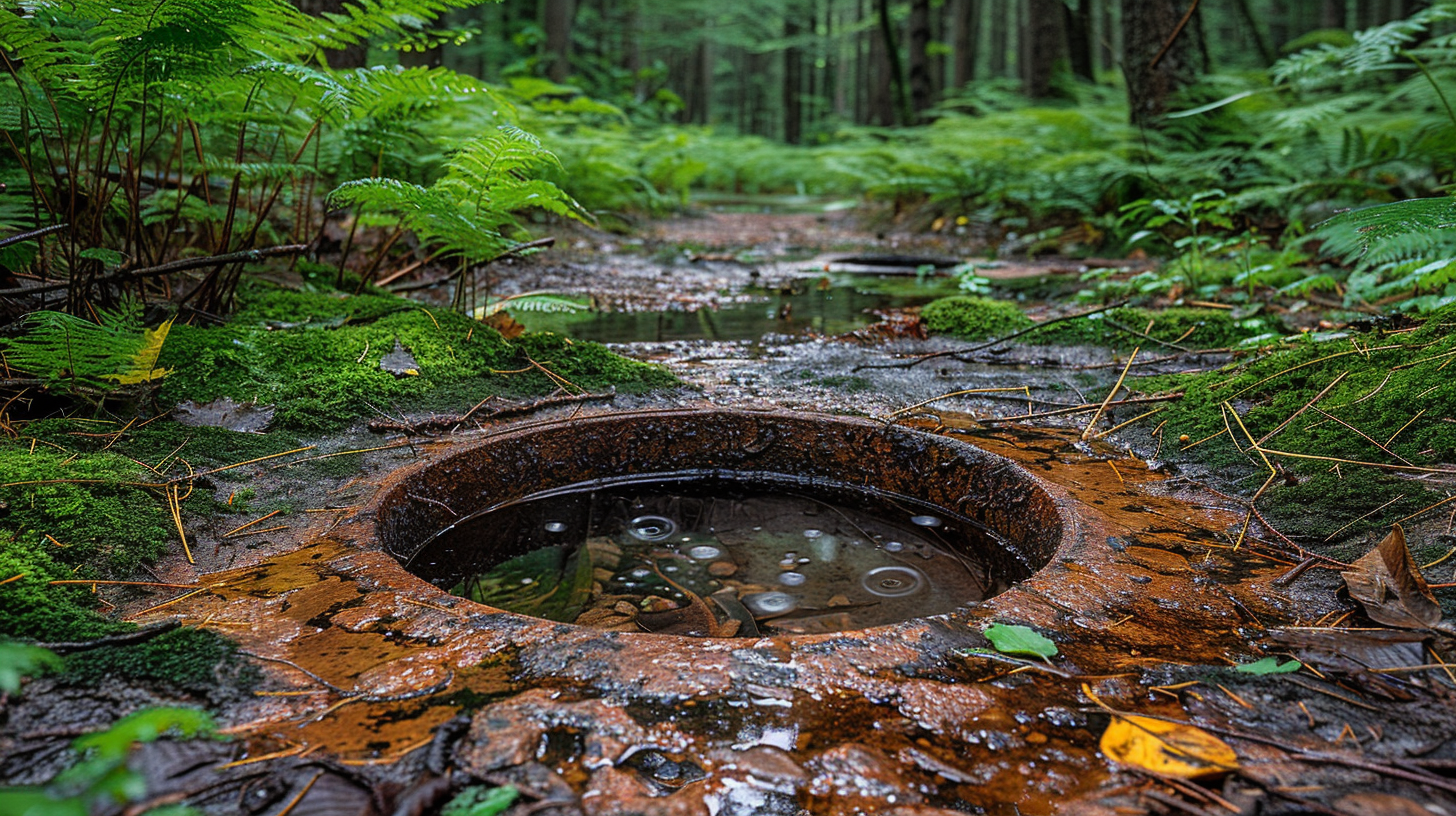Key points
• Shared Wastewater Treatment: A community septic system is a joint effort in waste management. It’s meant for areas like small neighborhoods or blocks of homes that aren’t hooked up to city sewage pipes. These systems handle the dirty water from many houses at once, using one central processing location.
• Cost-Effective and Environmentally Friendly: Going in on a community system can save money and be better for the planet than if each home had its own septic setup. This is because it cuts down the cost for every household and uses fewer materials and less land overall.
• Regulatory Compliance and Maintenance: To keep a community septic system running well and within the law, it needs smart design and constant upkeep. The locals have to work together, and sometimes they set up an official group to look after the system and make sure it keeps doing its job right.
Contents
Definition and Purpose

A community septic system is built to gather and clean wastewater from several homes or buildings, It works like a personal septic system, but for many more people, The main goals are to protect public health and the environment from raw sewage.
Comparison to Individual Septic Systems
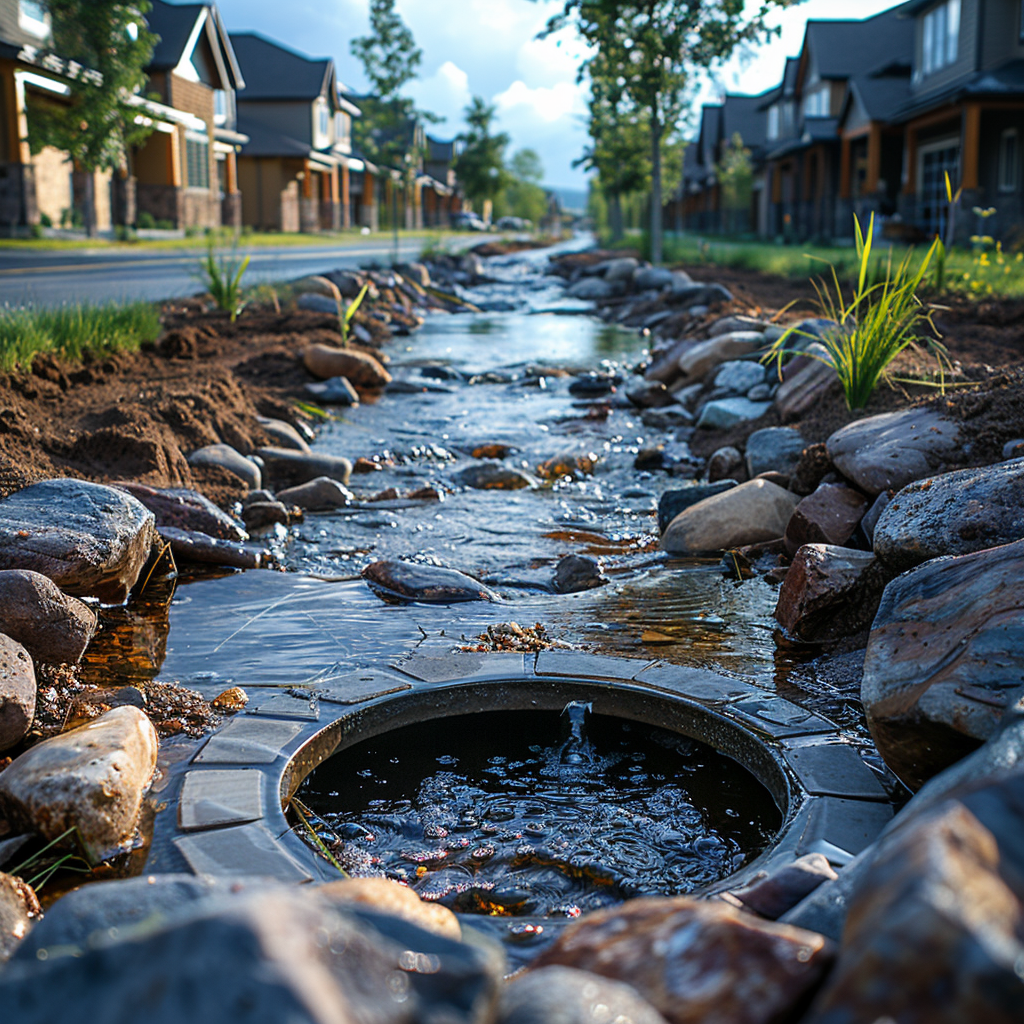
Compared to a single septic system that serves just one house, shared septic systems deal with sewage from many homes. So, they’re usually more complicated, with high-tech parts and big tanks to take care of a lot more dirty water.
Benefits of Community Systems
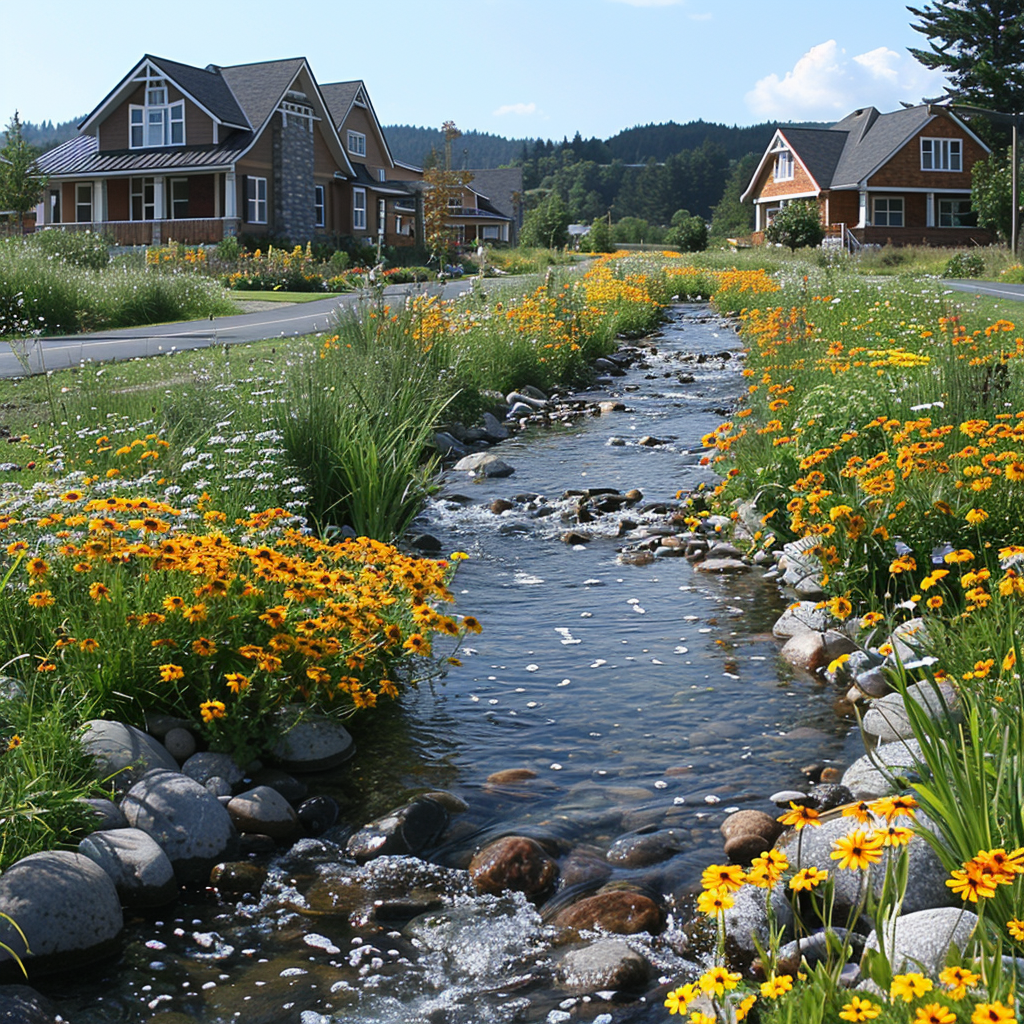
Community septic systems have advantages like needing less land for each house and they might clean better because they’re big. Plus, they can save money on upkeep and checks since everyone shares the cost.
Overview of Common Types
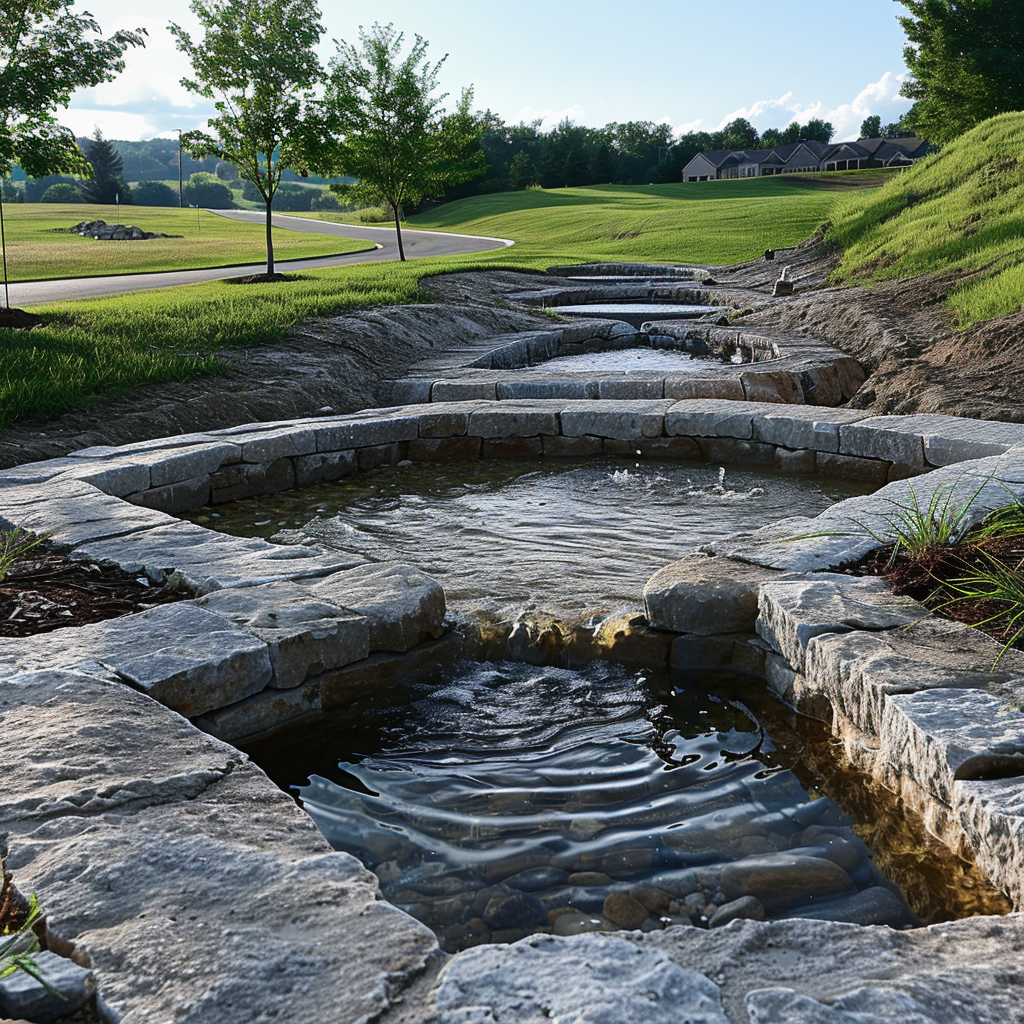
There are a few common kinds of septic systems to consider. Gravity systems rely on the natural pull of gravity to move wastewater, while pressure distribution systems use pumps to do the job. Constructed wetlands copy how nature filters water, and sand filter systems clean the water by passing it through sand.
If you’re thinking about putting in a septic system, you need to think about what the people living around it will need. This means looking at what the situation is now and what might happen later on. You also have to know the rules and environmental laws about setting up septic systems so you don’t break them.
Assessing Community Needs
To set up a septic system that works well, you must first get what the community needs. Think about how packed together houses are, if the area’s going to grow, and how much wastewater people make. These things will all affect how big the system needs to be and its design.
Legal and Environmental Regulations
It’s really important to follow the rules for septic systems. They have to meet certain laws and protect the environment. If you don’t, you could get fined a lot or harm nature badly. So, getting permits and sticking to the standards is something you just can’t skip.
Site Selection Criteria
Where you put the septic system makes a big difference in how well it works. You have to think about the type of soil, the shape of the land, and how close it is to places like lakes and rivers. The spot you pick has to spread out the wastewater right without messing up any drinking water underground.
System Capacity and Scalability
The size of your system has to match up with the amount of waste now and what you expect to handle later on. It’s smart to pick something that can get bigger if needed. That way, if there’s more waste later, you won’t have to completely change everything.
Choosing the Right Type of System
There’s quite a few different septic systems out there, each one fitting different situations better than others. You’ve got to think real hard about what your place is like, how much money you can spend, and how much upkeep you’re up for before you choose. Picking the right one means your waste is dealt with well and it’ll last a long time.
Taking time to consider everything—from understanding what people need to picking a system that fits—is key for a solid waste management system. Focusing on details and keeping in line with the rules doesn’t just help keep nature safe; it also makes sure your system sticks around for the long haul.
Traditional Septic Tanks
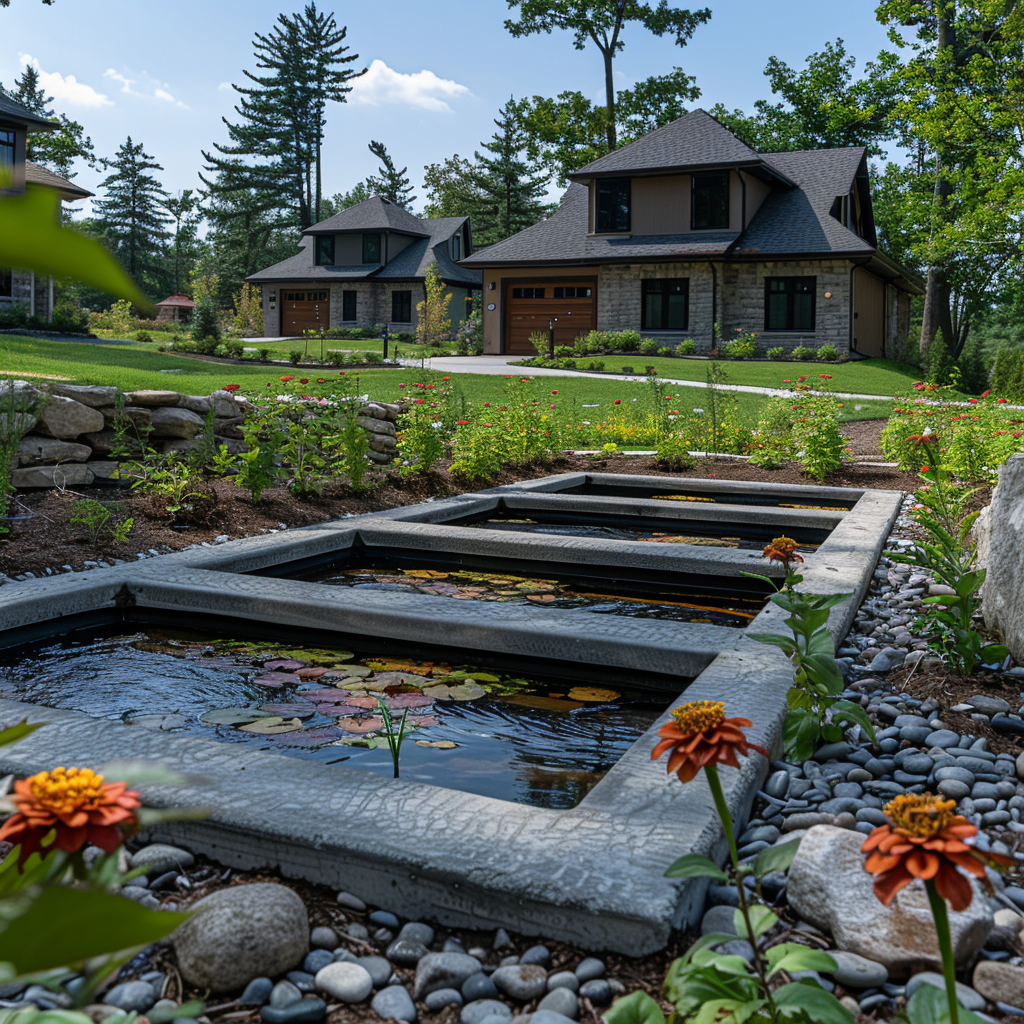
In the countryside, you’ll often find Traditional Septic Tanks because they’re simple and work well. These systems are made up of two main parts: a septic tank and a drainfield, which is also known as a soil absorption field.
They use nature to clean and get rid of wastewater. Water from your house flows into the septic tank, where the solid waste is separated from the liquid and starts to break down. Then, the liquid part, called effluent, moves on to the drainfield. Here, it seeps through layers of soil which clean the water even more before it goes back into the ground.
Cluster Systems
Cluster systems are frequently used in small neighborhoods. They work much like the standard types but serve many houses at once by sharing the workload. This setup can be more cost-effective for areas where separate septic systems for each home aren’t feasible. Each house hooks up to a big central septic tank. The waste is then treated together and sent off to a shared drainfield, spreading out the septic duties to handle several households efficiently.
Advanced Treatment Systems
If you need better treatment, Advanced Treatment Systems are your go-to. They pack extra steps to clean wastewater way better before it goes back to nature. Sometimes they use machines or chemicals to tackle stuff like nitrogen that shouldn’t be there. These systems are super important in places where the environment is delicate, or where the ground is too close to the water below or the dirt is too thin.
Shared Drainfields make it possible for multiple houses to manage their waste together by using one big soil absorption system. This is really handy when there isn’t enough room for each house to have its own field, or when a neighborhood decides it’s better to have shared systems. By using a shared drainfield, everyone can take care of their wastewater without having to use a ton of land for each house.
Lagoon Systems
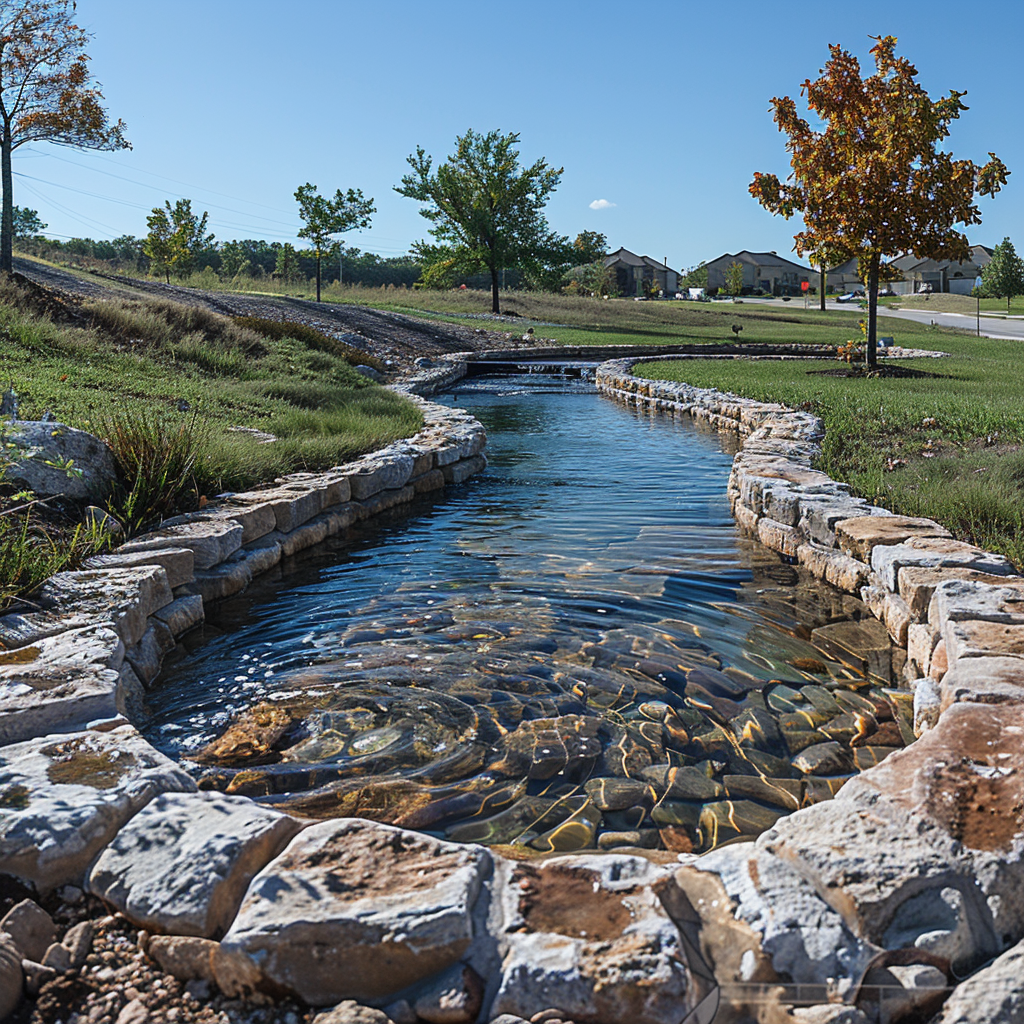
Lagoon Systems stand out because they use a pond-like area where wastewater gets cleaned by natural bacteria, then it either soaks into the earth or evaporates. Usually, you’ll find a fence around these lagoons to keep animals out. They’re often seen in dry places where lots of water evaporates. The weather and other environmental conditions really matter when it comes to how well these systems work.

I’m Tim Robberts, a seasoned wastewater treatment & septic system expert with over 40 years of experience in the field. My career began as a septic tank installer, and I quickly gained a reputation for my attention to detail and commitment to excellence. Over the years, I’ve honed my skills in designing, installing, and maintaining septic systems for residential and commercial properties.
